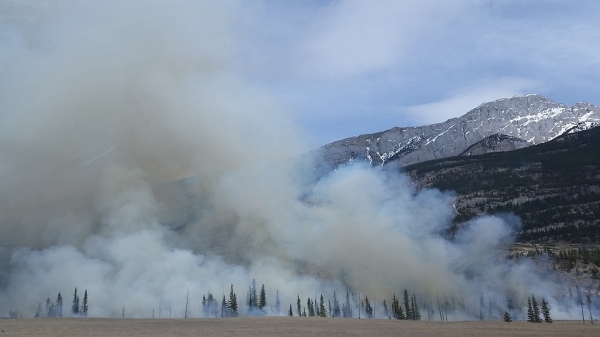A new study shows for the first time that wildfires burning in West Coast states can strengthen storms in downwind states. Heat and tiny airborne particles produced by western wildfires distantly intensify severe storms, in some cases bringing baseball-sized hail, heavier rain and flash flooding to states like Colorado, Wyoming, Nebraska, Kansas, Oklahoma, and the Dakotas.
Typically, western wildfires and storms in the Central U.S. are separated by seasons. As blazes begin earlier each year, however, the two events now strike closer together.
Earth scientist Jiwen Fan, a Laboratory Fellow at the Department of Energy’s Pacific Northwest National Laboratory, began investigating a relationship between the two phenomena when she noticed that the west’s 2018 wildfires overlapped with storms in the Central U.S. She found that both events occurred simultaneously for a week. Looking further, Fan found it was the first time these storms and wildfires had concurred in 20 years where storms lasted over four days.
“I thought, maybe there’s some kind of connection there,” said Fan, who led the new study. Her team used data describing the storms’ hailstones and rain levels, as well as the fires and smoke plumes, to explore a possible mechanism behind the connection. The group used weather models that track heat and smoke particles to explore how the fires could remotely influence weather.
Read more at DOE/Pacific Northwest National Laboratory
Photo Credit: jkburton via Pixabay


